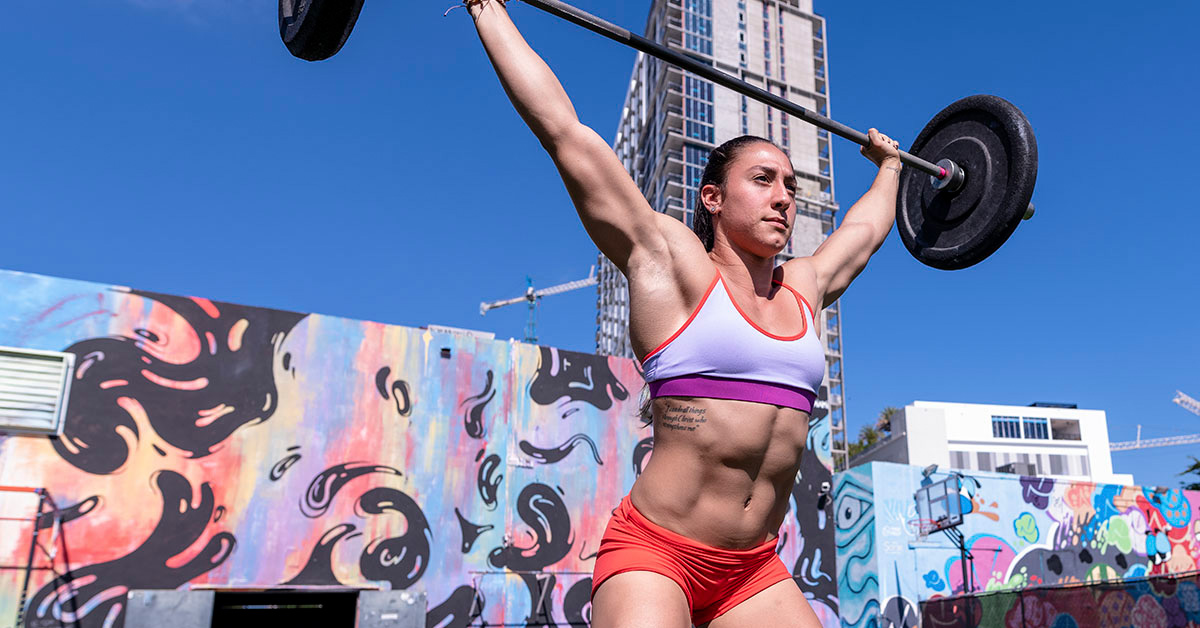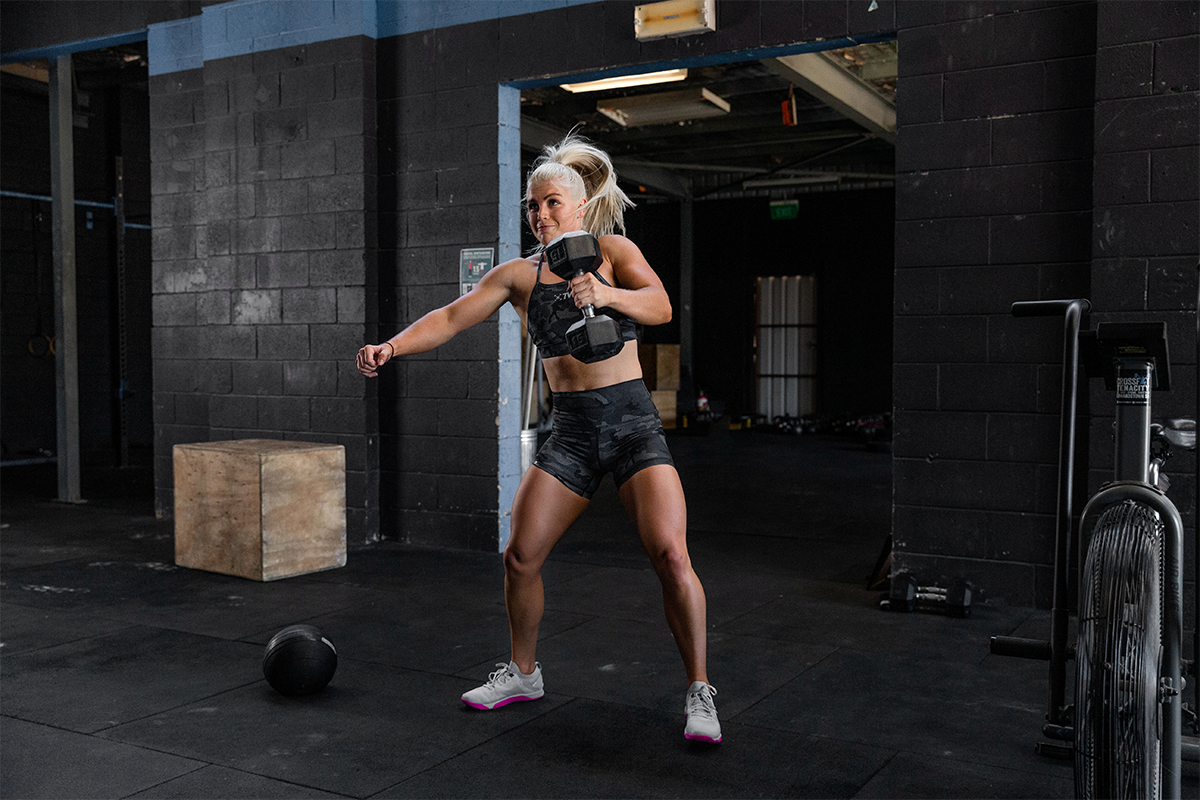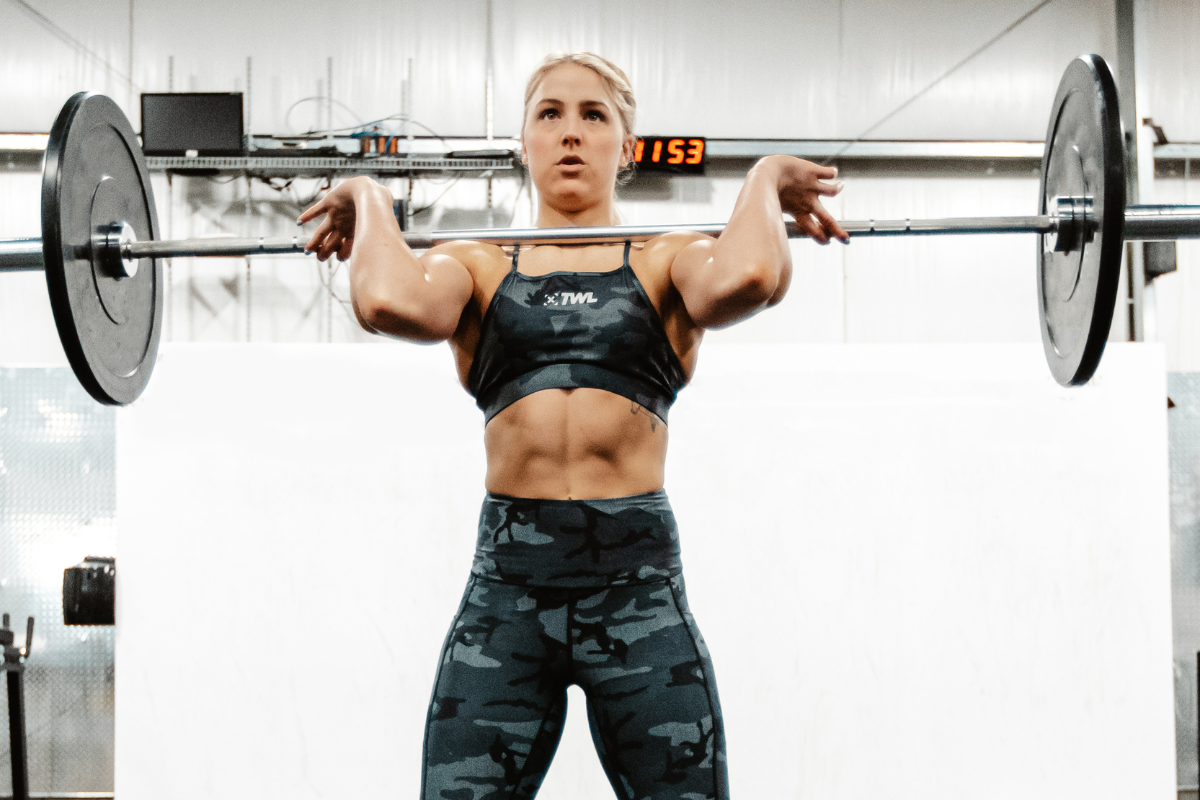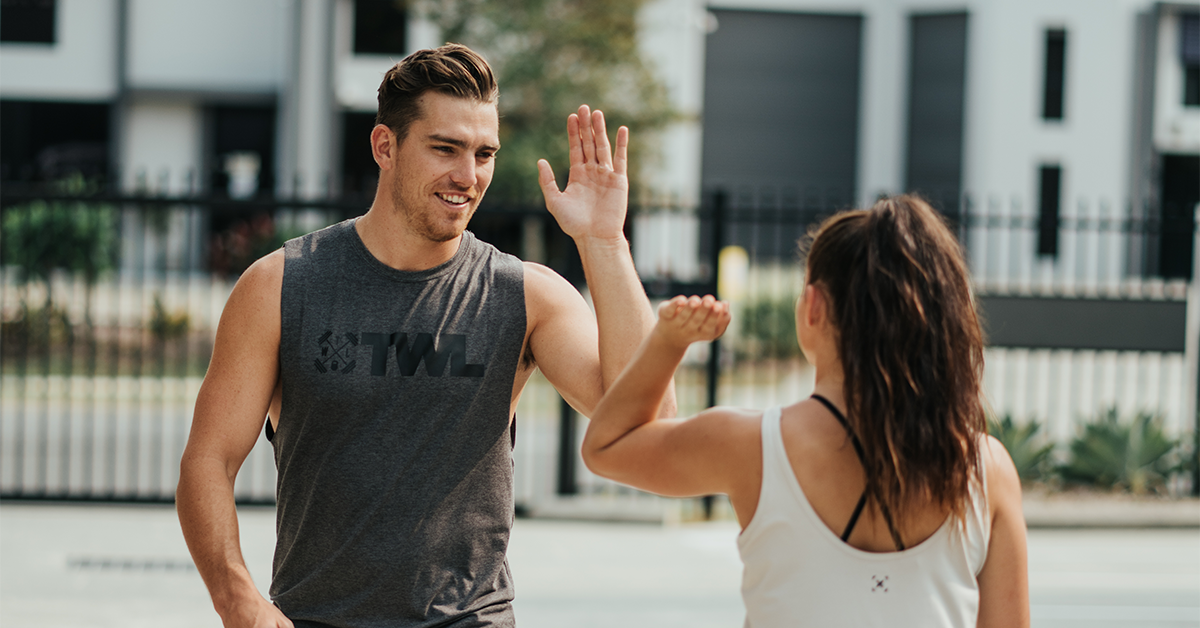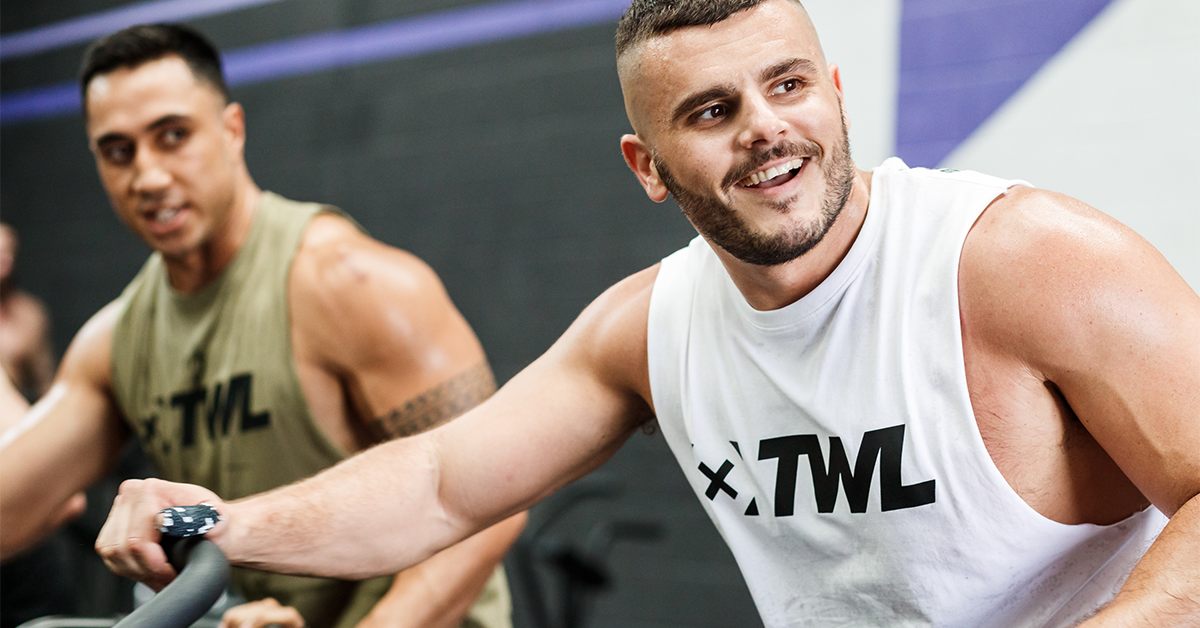Poor stability in the overhead position is a common issue seen amongst athletes, particularly with office workers and people involved in more sedentary occupations. This makes them more prone to shoulder or trap injuries — which is one of the most prevalent injuries to come out of functional fitness. If you want to prevent these issues and maintain a strong and efficient position, as well as improve your overhead squats, snatches, and jerks, then adding exercises that can help increase your overhead stability to your workout routine is vital.
No, why do you need to improve stability?
Mobility, stability, and strength co-exist and complement each other. To achieve optimal positioning, you can’t have one without the others.
Stability refers to the concept of “holding still” through co-contractions. An example is when you squeeze the push and pull musculature to achieve stillness.
Overhead stability requires a variety of musculature, joints, and tendons — including the rotator cuff tendons, thoracic spine, and scapula — to work together.
Improving your overhead stability will have beneficial carryover to your Olympic lifts. It’s also great for gymnastics, Strongman, and your overall shoulder health. We’re rounding up five exercises that will complement your training and help increase overhead stability.
5 Exercises to Improve Overhead Stability
1. Overhead Carries
Loaded carries are a great conditioning tool. Additionally, they also offer fantastic benefits to shoulder health and stability.
This exercise can be easily scaled with loading and comes with many variations, each with their own advantages. Two variations I find most helpful are the single arm kettlebell carry and the overhead yoke.
To do this workout, swing a kettlebell overhead while keeping a tight core, with your ribs pulled down and hips pulled under. Lock your elbows and set your scapular into the external rotation while keeping a proud chest.
Perform 30-60 second walks and remember to maintain a good position. With a yoke (or loaded barbell), press overhead and place your shoulders into external rotation, with your wrists positioned at the back and your traps pushed up.
Single Arm Overhead Kettlebell Carry
Overhead Yoke Carry
2. Z Press
The Z press is an excellent accessory exercise for building strong core and midline stability, as well as for promoting proper shoulder positioning.
To do the Z press, start by sitting on the floor with your legs outstretched. Press from a front rack position overhead using a barbell, kettlebell, or dumbbell to a full lockout overhead position. You can add holds and tempo reps to accentuate the strong movement patterns and positions.
3. Snatch Grip Strict Press
You’ve probably utilized the snatch grip push press when attempting heavy overhead squats, but the strict press is more beneficial for developing a strong overhead position at lockout.
With the barbell on your back, take a snatch grip on the bar, pull your shoulders back, and point your elbows down. While keeping a neutral neck, press the barbell overhead without using any leg drive and hold the lockout position for 2-3 seconds before returning back to the shoulders.
4. Wall Slides
Wall slides are not only a great warm-up tool but are also an excellent exercise during or at the end of a session for improving your shoulder’s upward rotation.
Begin with your forearms bent at a 90-degree angle and in contact with the wall. They should be around shoulder-width apart. While keeping this position, slide your arms up and out. Avoid shrugging your shoulders as you execute this movement, and use your lower trapezius to control the lower part of the shoulder blade.
5. SOTS Press
The Sots press is an advanced movement. It’s considered as one of the best exercises to improve stability in the bottom position of your snatch.
To do the Sots press, start by positioning the barbell on your back. Execute a squat, and when you reach the bottom, take a snatch grip and press the barbell overhead. While maintaining this rock-solid form, return the barbell to your back and repeat the movement. Make sure that you keep an upward rotation and activate the traps. Progressions may include adding load or taking a narrower grip.
If you’re new to this exercise, you can make use of a broom handle or light kettlebell instead of a barbell.

